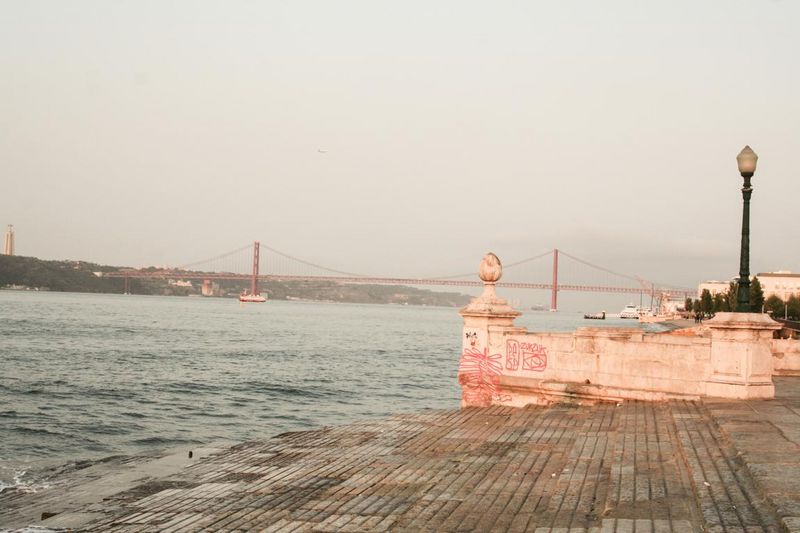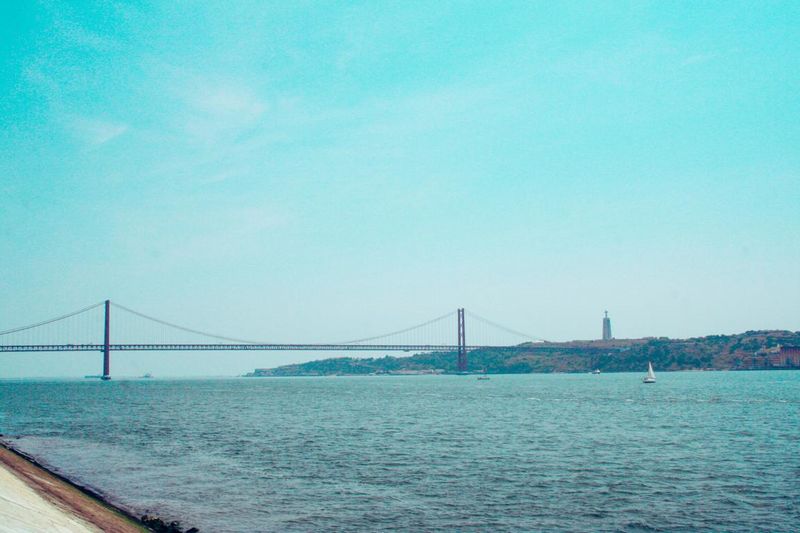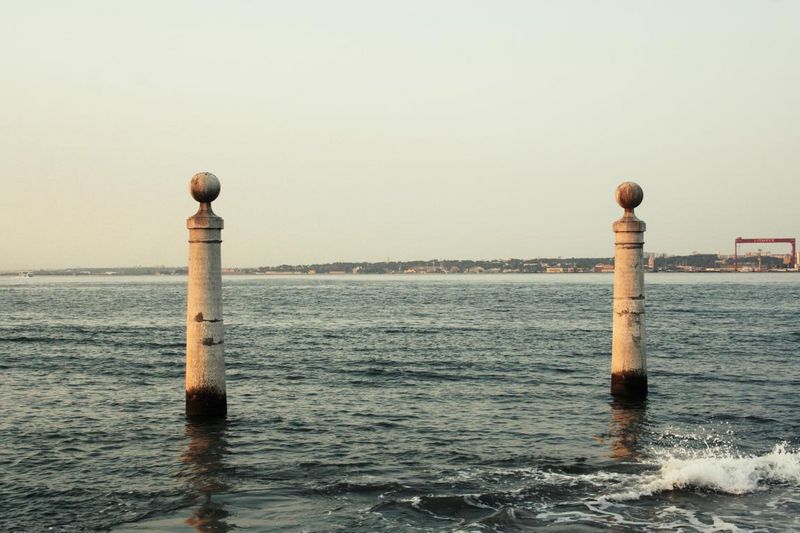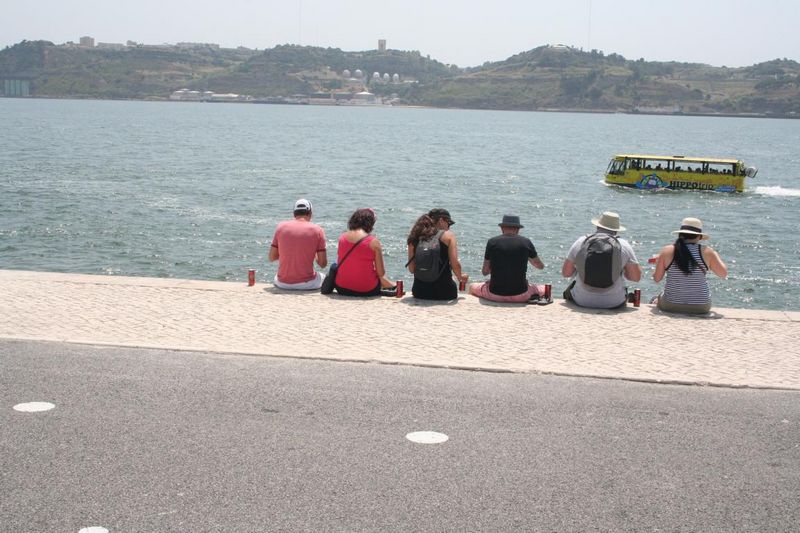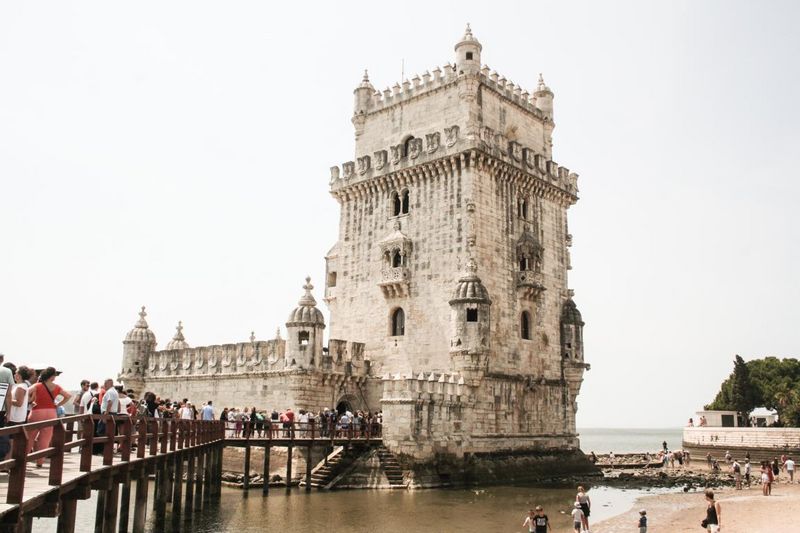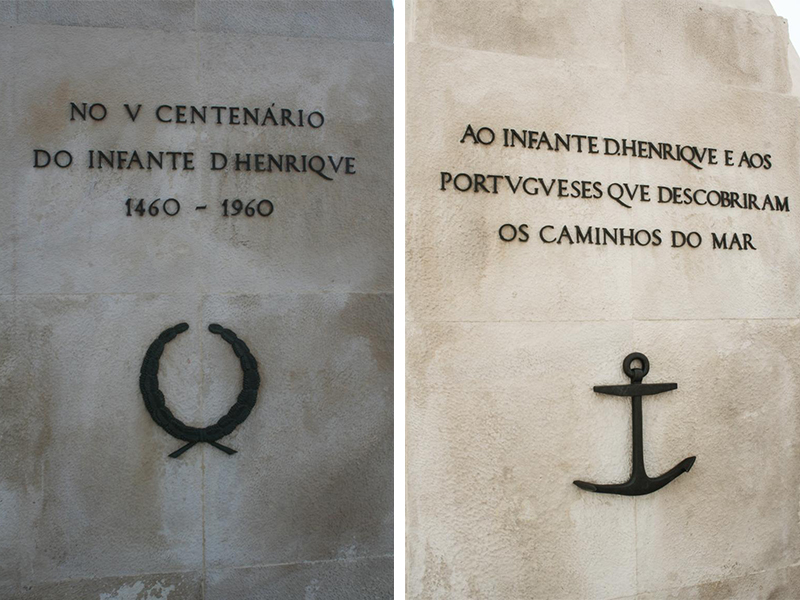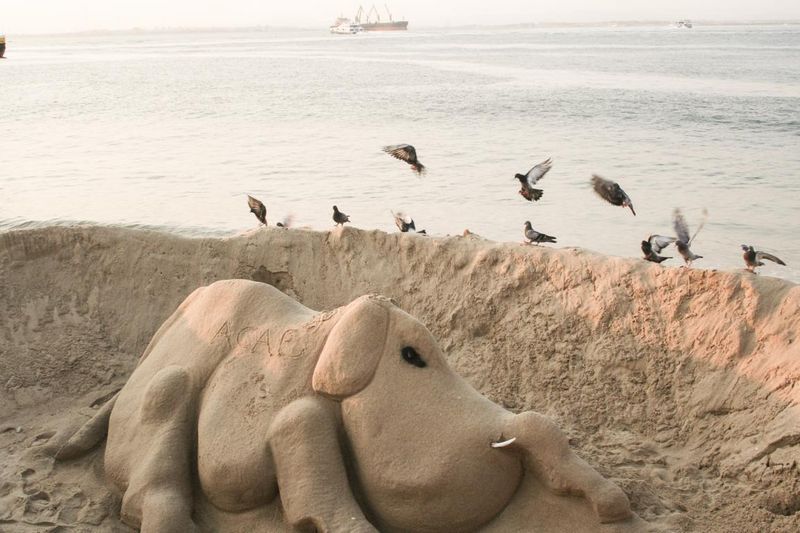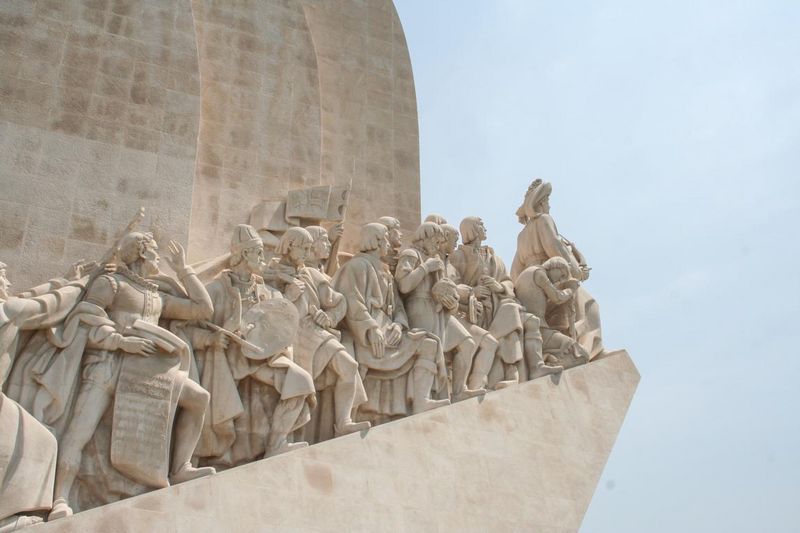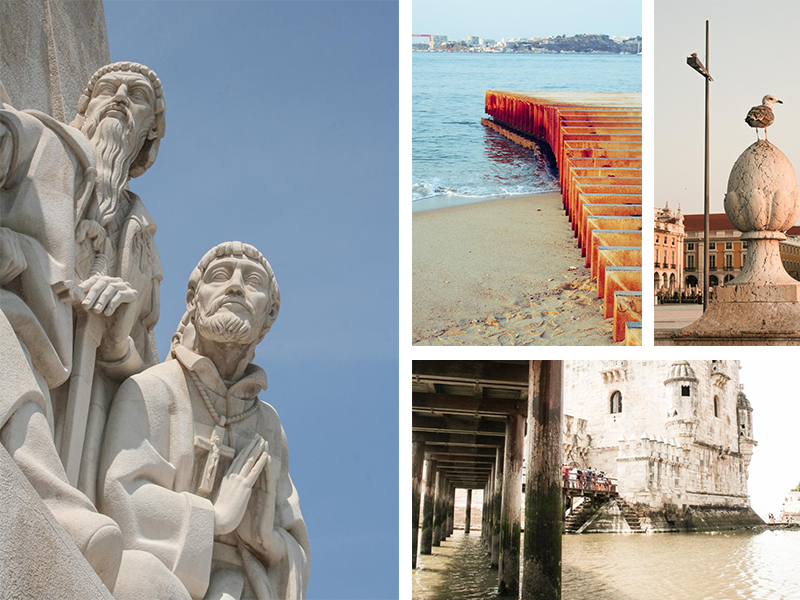The conquerors of the world.
Enjoying a chilled Sagres Radler Limáo, right on the Tagus, you can imagine how it must have been more than 500 years ago when the great sailors of Portugal left "to give the world new worlds".
One of them was Vasco da Gama. He sailed from Belém on 8 July 1497 and discovered the sea route to India. He was favored by King Manuel I of Portugal, who enabled him to find the sea route to India which was so important to the spice trade. With two flagships, a transport ship and a crew of 150 to 170 men, made up of the best helmsmen and navigators in Portugal, he finally made it. He arrived back in Lisbon on 9th September. Fully laden with precious spices and was received in triumph.
The Tagus made the discoveries possible. It combines the charming, slightly dilapidated beauty of Lisbon with the seas of the world. Over 18 km, the riverbank accompanies the urban area of Lisbon. Today there is a promenade where tourists can stroll along.
In the Middle Ages, it did not exist that way. How must they have felt on a journey into the unknown, without knowing the way to the destination. Maybe how you feel today when you fly into the still unexplored space for the first time. You need courage and a thirst for adventure, you are sure to be scared but the longing to discover something new has to be bigger than you think.
Whether you are healthy or returning at all, you never knew exactly as a seafarer. Too many dangers lurked on the men. Diseases, storms, human enemies and nutritional deficiencies are just a few of the reasons why you have to worry about body and soul.
Apparently, Portugal was a country full of brave, open-minded adventurers, the nation on the European Atlantic coast has produced some of it. As already mentioned, one of the most famous was Vasco da Gama, the discoverer of the sea route to India.
Pedro Alvares Cabral was the Brazilian explorer and the first navigator who travel to 4 continents on a journey with America, Africa, Asia and Europe. The Algarve-born Bartholomeu Dias was the first to reach the Cape of Good Hope and circumnavigate Africa.
In the European Middle Ages, Cape Bojador was thought to represent the point of the earth, where further south a boiling sea extinguishes all life through the sun and the skin turns black. Until 1434, Gil Eanes sailed beyond Cap Bojador and returned unscathed.
These are just 3 of many significant seafarers and explorers that Portugal has produced. These courageous, visionary men and the Tagus made Portugal the conqueror of the world.
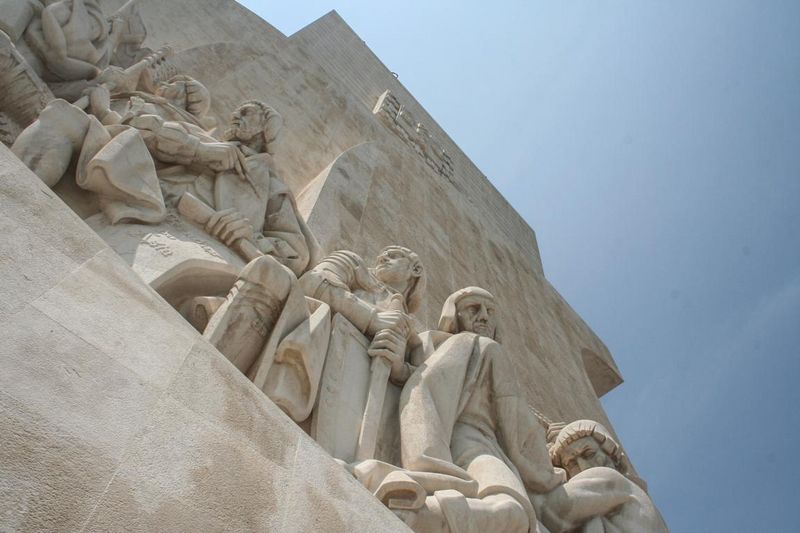
Stories that might be interesting for you
OS LUSÍADAS fragmentos
A chegada a Lisboa
Canto X Estrofe 144
Assim foram cortando o mar sereno, Com vento sempre manso e nunca irado, Até que nasceram, sempre desejado. Entraram pela foz do Tejo ameno, E à sua pátria e Rei temido e amado O prémio e glória dao por que mandou, E com títulos novos se ilustrou.

